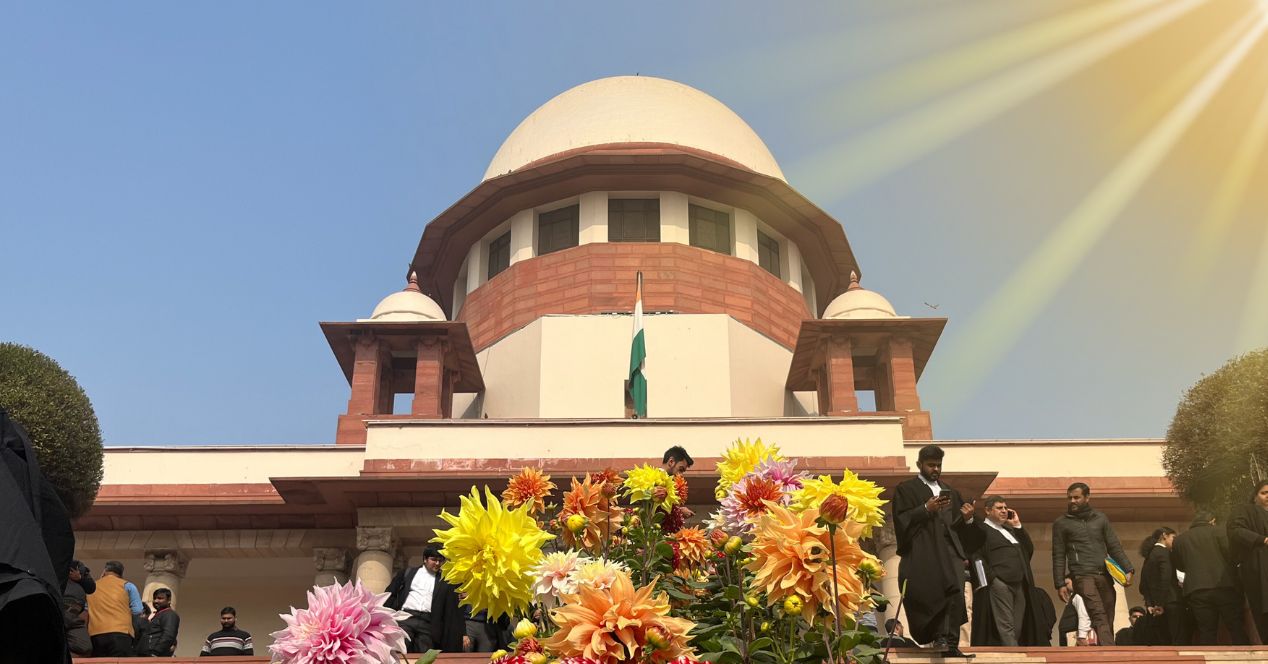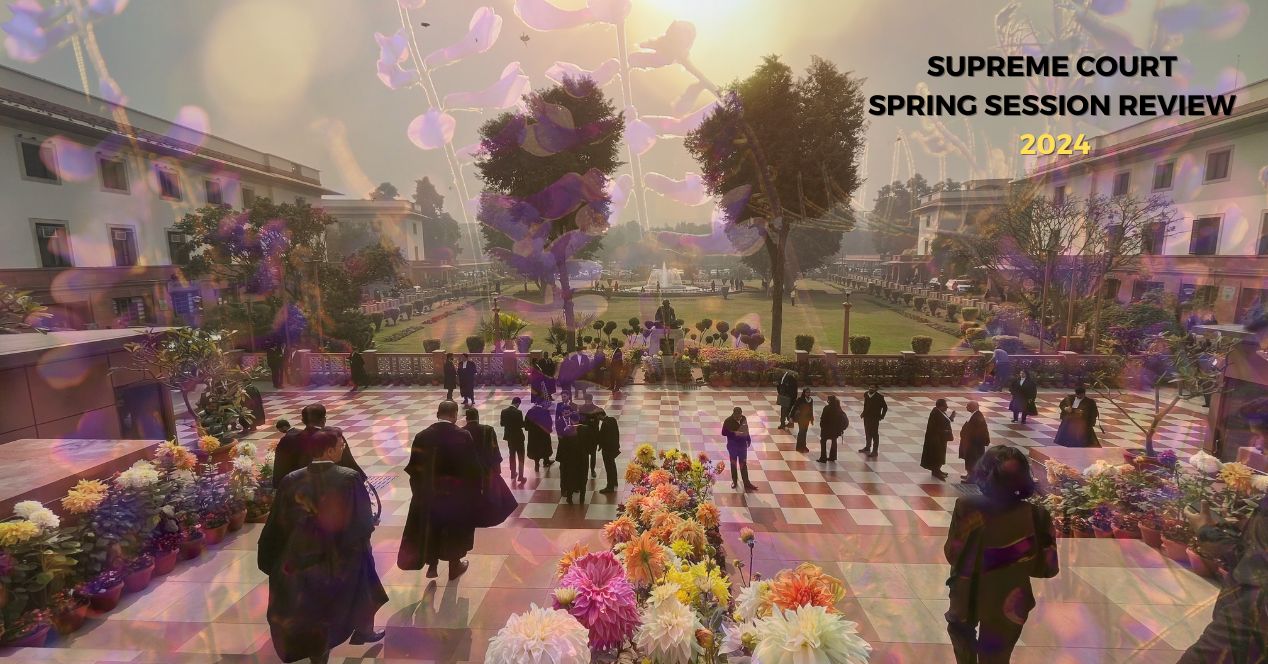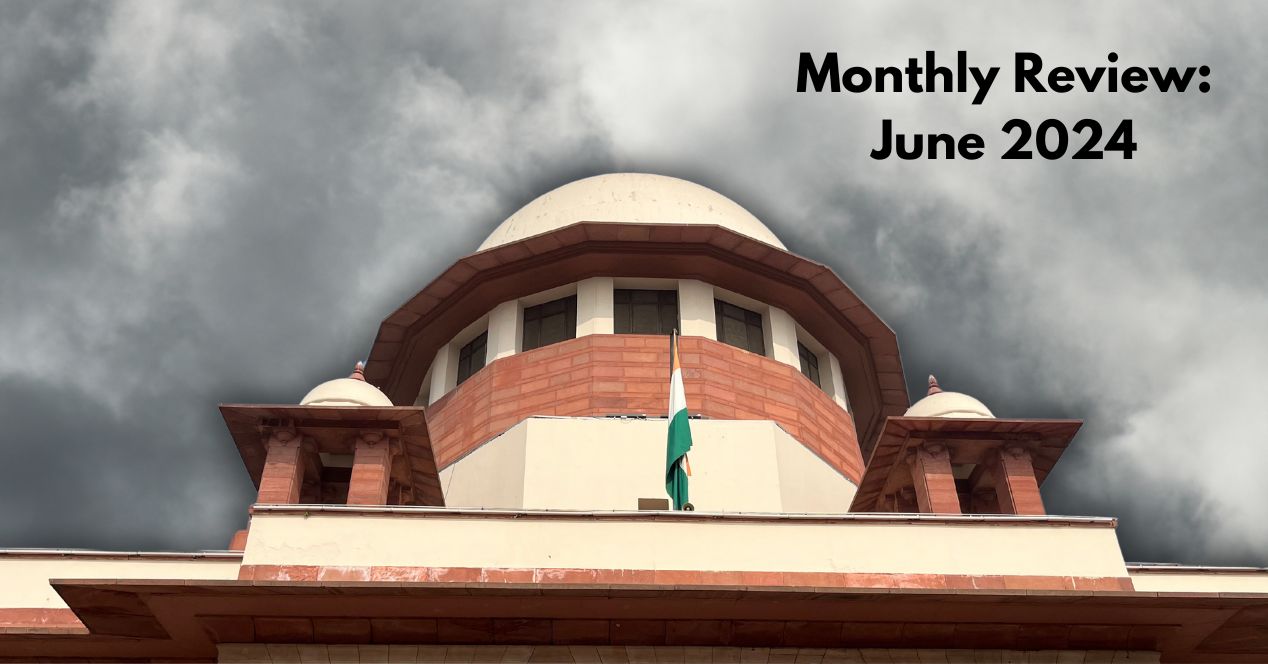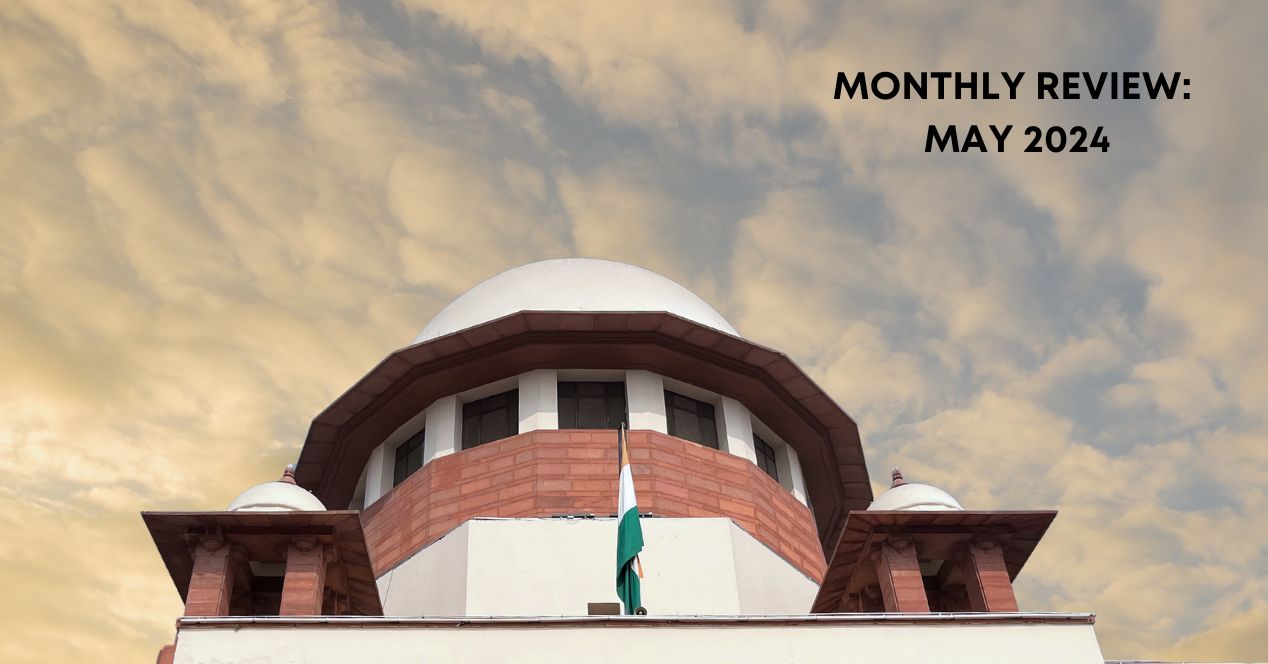Channel
The Supreme Court returns from summer vacation (2024)
After a first half of the year heavy with Constitution Bench activity, a rested court returns after a seven-week break. What can we expect?
Transcript
Hello everyone!
I am Gauri Kashyap talking to you just as the Supreme Court is coming back from its seven week summer vacation. Let’s recap the highlights of the vacation and look at what we can expect going forward from our court this year
The Supreme Court’s annual summer vacation began on the 20 May temperatures soared in Delhi. The Chief Justice of India reportedly walked the grounds and oversaw the setting up of water and food bowls for birds, while vacation benches asked the Delhi government to think about enhancing the city’s green cover. Over the seven week holiday, Vacation benchers also heard pleas on burning issues.
Making it to the top of the vacation highlight reel is Delhi Chief Minister Arvind Kejriwal’s plea against the Delhi high court’s unusual use of interim orders to stay a trial court’s bail order, granted in his favour. Undergraduate NEET aspirants knocked on the Supreme Court’s doors claiming that question papers were leaked. The new criminal laws also came into force on the 1 July, prompting concerned citizens to ask the court to stay the laws and examine their viability first.
A few judges travelled abroad during the summer vacation, attending conferences and other events in countries like the Philippines, Brazil, Uzbekistan, Kazakhstan and Ireland. Back home, 20 vacation benches were constituted with three benches hearing cases every day to ensure that no plea went unheard.
The Court’s administrative team also used the vacation time to work on installing new Wifi routers and developing and testing AI systems designed to generate quick summaries and key points of judgements. The Court also had plans for 27 renovation and infrastructure projects, including the setting up of an additional creche and the installation of digital boards to display real time numbers on institution, disposal and pendency. Monday will be the Court’s first day back from vacation.
Its work is clearly cut out. July opened with a whopping 84,280* pending cases and just 32 out of 34 sanctioned strength judges to hear them. The court will warm up with a miscellaneous week, hearing fresh cases to either admit them and issue notice or to dismiss them. Usually the court hears miscellaneous matters only on Mondays and Fridays.
While the Court’s schedule in the third week of July, depends on what it puts in its cause list, we know that some big Constitution Bench judgments can be expected soon. In the Supreme Court’s June edition of its newsletter, the Chief noted that the vacation gives judges time to write judgments, to be pronounced immediately after the vacation.
Almost a year ago, a five judge bench reserved judgement on whether the rules of a selection process for a public post can be changed after the process has kicked off. As 2023 closed, another five judge bench heard arguments on the constitutionality of the framework to identify migrants in Assam as Indian Citizens. Through the spring and summer sessions of the court in 2024, one seven judge bench heard the question of Aligarh Muslim University’s minority status. Another heard arguments on states’ power to create sub-classifications in reservations for Scheduled Castes and Scheduled Tribes. Nine judge benches heard challenges to states’ power to tax mines and mineral rich land, to acquire private property in service of a “common good” and to regulate industrial alcohol. As the monsoon session begins, we wait with bated breath for verdicts in these cases that impact revenue, centre-state relations and citizens rights.
Arvind Kejriwal will return to court to hear the verdict on the legality of his arrest under the Prevention of Money Laundering Act. He is also likely to file a fresh petition against the Delhi high courts stay on his bail.
The Court is scheduled to hear two more Constitution Bench cases this upcoming term. Five judges will likely hear arguments on whether a person who themselves is ineligible to be an arbitrator can nominate another arbitrator. The private sector will be watching this one closely as it affects companies ease of doing business, particularly in resolving disputes through arbitration. Next, nine judges will determine the scope of the word “industry” under the Industrial Disputes Act, which may result in a higher standard of labour protection for more people. It’s a new session for the Supreme Court, but our goal at the
Supreme Court Observer remains the same—untangling complex happenings in the courtroom in a simple, accessible way. We’ll also continue publishing articles commemorating the 75th year of the Supreme Court. Check it out if you haven’t already. Do visit scobserver.in to follow our coverage. We’re also on major social media platforms including Twitter, Instagram and of course on YouTube.
Thank you for watching and see you soon.




